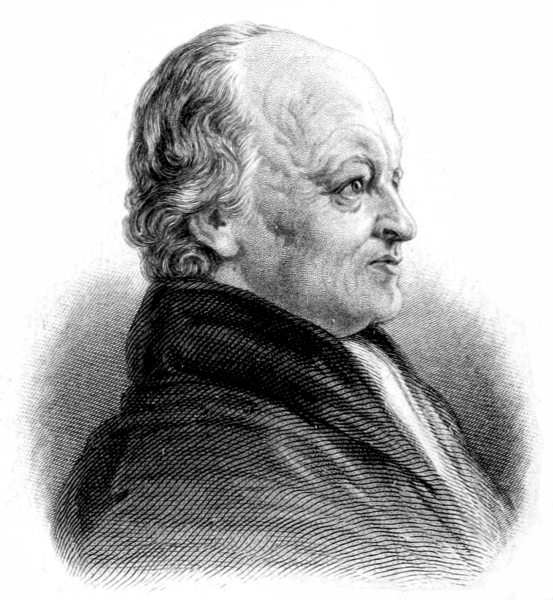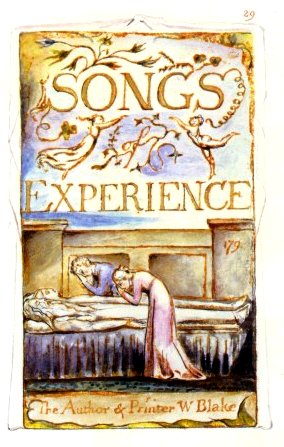| 1757 |
Born and grew up in 28 Broad Street, London
|
Blake lived in London for most of his life, and it was a strong influence on his work.
|
 |
|
| 1768 |
Sent to Pars
|
This was not a conventional school and Blake did not receive a formal education, but read literature and philosophy of his own choice. He formed his own ideas and these were reflected in his drawings and poetry, which were always different to those of his contemporaries. He was always a man of vision. As a child, Blake reported seeing angels. These visions occurred throughout his life, and both his poetry and his art can be described as visionary.
|
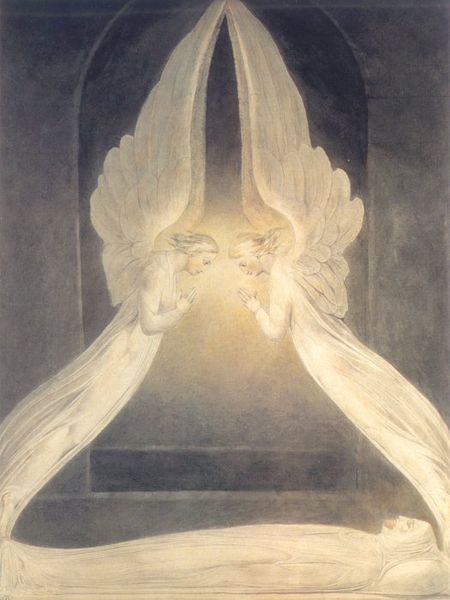 |
|
| 1772 |
Apprenticed to James Basire, engraver to the Society of Antiquaries and the Royal Society
|
It was here that Blake learned copy engraving. Through his apprenticeship, Blake developed his own unique style and subject matter for later engravings. The engravings that accompany his poems, such as those with Songs of Innocence and Experience help the reader to interpret the meanings embedded in the poems. He was interested in mythology and British history, and these too are reflected in his art.
|
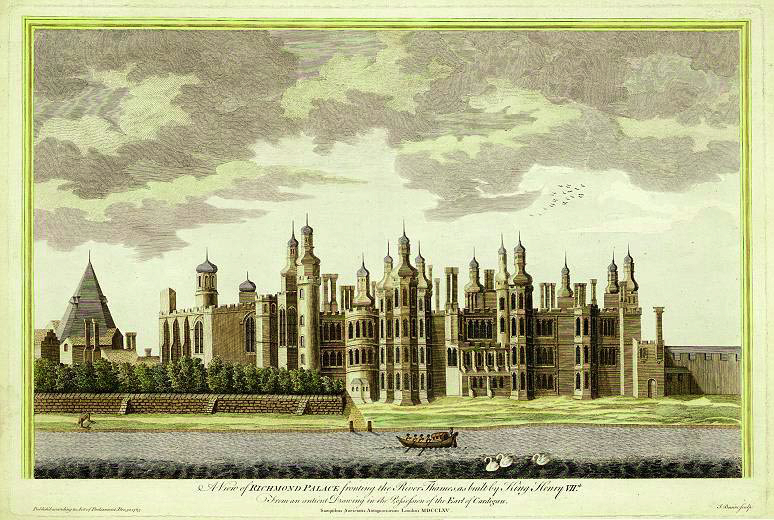 |
|
| 1779 |
Blake completed his apprenticeship and became a journeyman, working for various book publishers
|
Blake was admitted to the Royal Academy of Arts' Schools of Design to study painting. Blake's refusal to compromise and his self-belief made him a difficult pupil.
|
|
| 1780 |
The influence of the Gordon Riots
|
These riots spread throughout London and Blake was swept along by the cause as they stormed Newgate Prison. Blake's poem 'London' is a profound and savage attack on the corrupt nature of the city.
|
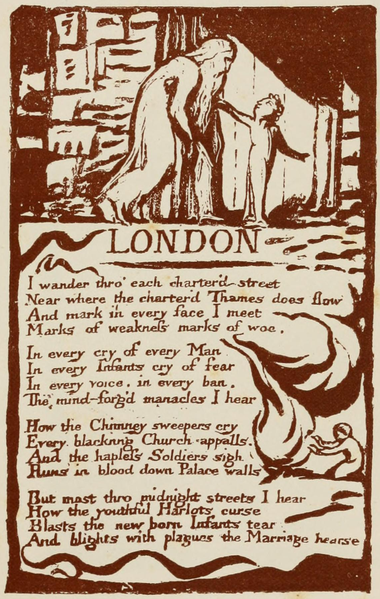 |
|
| 1782 |
Blake married Catherine Boucher
|
They met in Battersea, which was then a village outside of London. They lived at 23 Green Street in London. Blake's marriage to Catherine was one of love and mutual support. He taught her to read and write as well as to draw and paint. She devoted herself to him. Catherine worked with Blake on producing Songs of Innocence.
|
|
| 1782 |
Blake became a freelance engraver
|
Most of his work was for Joseph Johnson, a radical book seller. Johnson published work by Mary Wollstonecraft (mother of Mary Shelley) and William Godwin. Johnson, who had been involved in establishing London's first Unitarian Chapel in 1774, also influenced Blake's religious views.
|
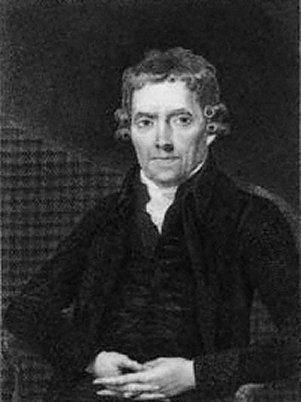 |
|
| 1783 |
Poetical Sketches, Blake's first book, was published
|
This was printed with the help of Blake's friends. Although not nearly as popular now as his Songs, it contains some delightful poetry in Blake’s simple rhyme scheme.
|
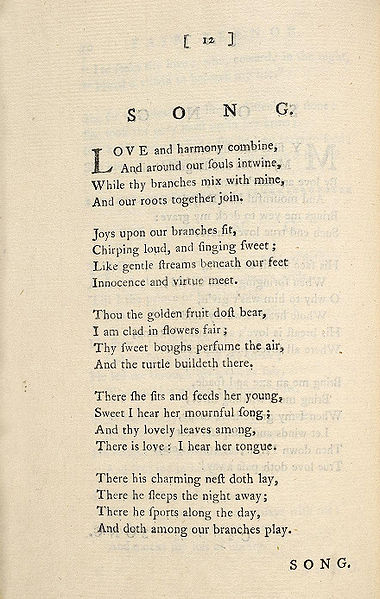 |
|
| 1784–1785 |
Published An Island in the Moon
|
An Island in the Moon is the name given to an untitled, unfinished prose satire published by Blake. It demonstrates Blake's increasing dissatisfaction with convention and his developed interest in prophetic modes of expression. Perhaps here he was laying the foundations for later, epic works.
|
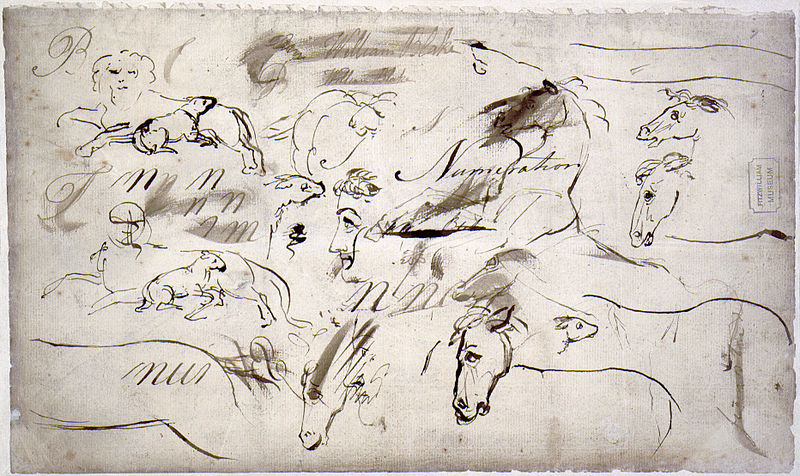 |
|
| 1784 |
Blake opened a print shop with James Parker at 27 Broad Street, London
|
The business was not successful and in 1786 Blake resumed his work for Joseph Johnson.
|
|
| 1787 |
Robert Blake died from tuberculosis
|
Robert was William Blake's most beloved brother. After Robert's death, Blake continued to see Robert's spirit.
|
|
| 1789–1890s |
The influence of Swedenborgianism
|
| 1788 |
Published All Religions are One and There is No Natural Religion
|
These are complex accounts of Blake's thinking on such things as reason, energy and desire.
Read these texts online
|
|
| 1789 and 1794 |
Published Songs of Innocence and Songs of Experience
|
| 1789 |
William and Catherine attended the first service of First General Conference of the Swedenborgian New Jerusalem Church in East London
|
Blake had always being an independent thinker and although he was influenced by Swedenborg, Blake did not remain a supporter of Swedenborg views.
|
|
| 1789 |
Published Tiriel and The Book of Thel
|
| 1790–1793 |
Published The Marriage of Heaven and Hell
|
These poems sparked the beginnings of Blake's philosophy and creation of an imagined universe which he developed in later works. It is also a satire on the teachings of Swedenborg.
|
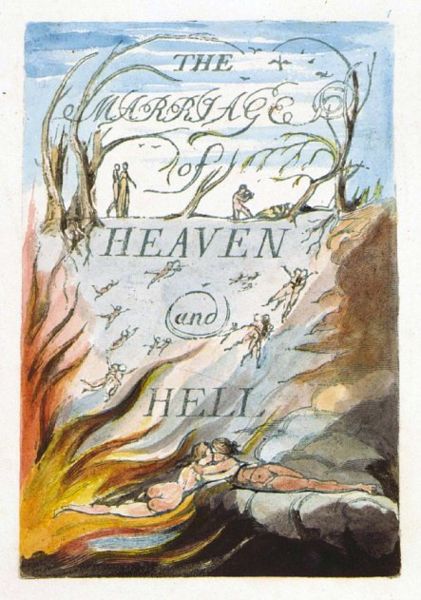 |
|
| 1793–1795 |
William and Catherine moved to Lambeth and published a range of works
|
During this year, Blake was working on several pieces of new work, including Continental prophecies, Visions of the Daughters of Albion, America a Prophecy, Europe a Prophecy, The First Book of Urizen, The Book of Los The Song of Losand
The Book of Ahania. These became longer works of prophecy and the start of of Blake's mythology. They give Blake's 'creation' story and his view of the nature of God.
|
|
| 1797 |
Published The Four Zoas
|
This was a long prophesy on an epic scale, and was left unfinished.
|
|
| 1800 |
Blake moved to Felpham in West Sussex
|
Blake was commissioned by William Hayley to decorate Hayley's library with eighteen heads of poets and to make the engravings for a Life of Cowper. It was here that Blake began work on his epic poems, Milton and Jerusalem. These poems are long and complex, containing a mixture of prophecy, social criticism and biblical legend. Some lines of verse from the preface to Milton have become Blake's most influential work, although not always immediately associated with him. It is now known as 'Jerusalem' and became a hymn and an English anthem after being set to music by Sir Hubert Parry in 1916.
|
|
| 1803 |
Blake was accused of treason after a confrontation with a soldier in his garden
|
Blake was cleared of the charges but his antipathy towards authority was further entrenched by this incident.
|
|
| 1809–1810 |
Exhibition at the Royal Academy of Arts
|
| 1827 |
William Blake died and was buried in the Bunhill Fields, now in the London Borough of Islington
|
Blake's grave was unmarked but other distinguished writers and thinkers such as John Bunyan and Isaac Watts are also buried there, so he is in august company.
Find his grave
|
|
| 1863 |
The publication of Auguries of Innocence in the companion volume to Alexander Gilchrist's biography of William Blake
|
An augury is a sign or omen. The poem is 132 lines and contains paradoxes which juxtaposes innocence with evil. These thoughts or statements seem to be the essence of Blake's view of his world and what is right and what is wrong with it. The best of these is 'To see a World in a grain of sand | And a Heaven in a Wild Flower, | Hold Infinity in the Palm of your hand | And Eternity in an Hour' – beautiful images which are almost beyond explanation but which one can feel the truth of.
|
|
| 1868 |
Algernon Charles Swinburne published an essay in appreciation of Blake
|
Swinburne refers to Blake's life as 'a long dim life of labour' and Blake as 'a man as worthy of remark and regret as any then famous'.
Read Swinburne's essay here
|
|
| 1957 |
Ralph Vaughan Williams set 10 of Blake's 'songs' to music
|
| 1981–2002 |
Modern adaptations
|
Blake's imaginative works have inspired the imaginations of others. His striking paintings are detailed and can be interpreted in a variety of ways.
Blake's image of the Red Dragon, used in several of his paintings features in the novel Red Dragon by Thomas Harris and in the first film of the novel, The Manhunter. Another film of the novel was made in 2002 using the original title of Red Dragon.
|
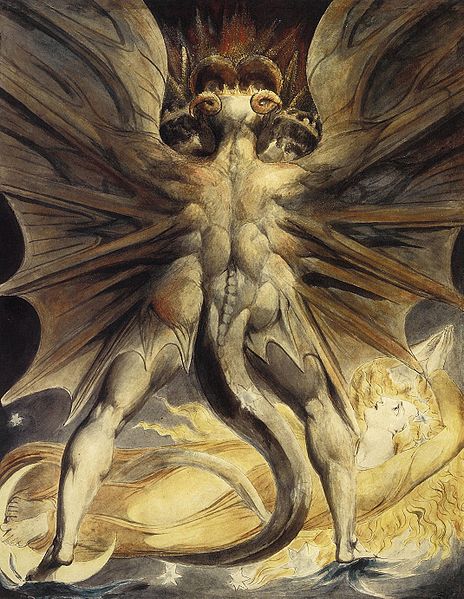 |
|
